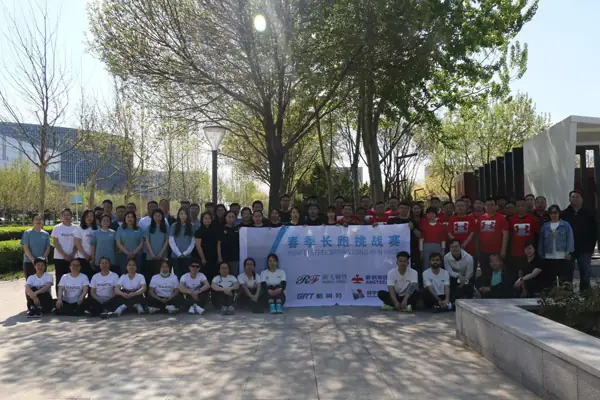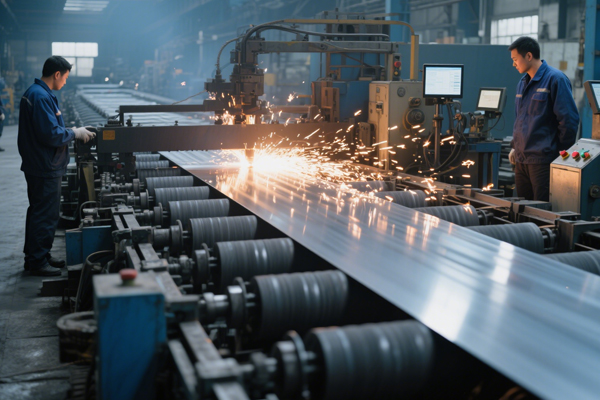The UK Government Will Provide £ 13.5 Million in Support For Workers And Businesses Affected By The Closure Of Tata Steel’s Port Talbot Steel Plant
Previously, due to long-term losses in the UK steel business, Tata Steel UK announced that it will close Port Talbot’s Blast Furnace 5 by the end of June 2024 and Blast Furnace 4 by the end of September. In addition, it is planned to invest £ 1.25 billion in the green transformation of steel to build an electric arc furnace with an annual production capacity of 3.2 million tons per year, replacing the two blast furnaces located in Talbot Port to produce steel, and will be put into operation in 2027. Due to the potential loss of 3000 jobs caused by this decision, the steel workers at Talbot Port have launched their first strike in over 40 years.
On Thursday, August 15th, the UK government announced that it will provide £ 13.5 million (approximately RMB 125 million) in support of workers who have lost their jobs due to the closure of Tata Steel’s Port Talbot steel plant, as well as affected businesses. At the same time, it is stated that this fund will be immediately disbursed to local enterprises that previously relied on the Talbot Port steel mill, helping them shift to new markets and customers. Currently, due to Tata Steel’s statement that it will no longer produce steel before the new electric furnace is put into operation, the recent increase in steel imports to the UK has led to the depletion of some quotas for Class 1 steel products for four consecutive quarters, which in turn has pushed up the cost of these products in the UK market.
Due to the continuous increase in import volume, the UK Trade Relief Agency (TRA) has announced that the import quota for steel products will be increased from 1 million tons per year to 2.9 million tons, nearly tripling. The quota for Class 1 steel products will be divided into two subcategories, 1A and 1B, with 1A set at 1 million tons per year. The quota for Class 1B (steel that has undergone further downstream processing) will be set at 1.9 million tons per year. TRA states that if the limit is exceeded, importers will need to pay a 25% tariff.







